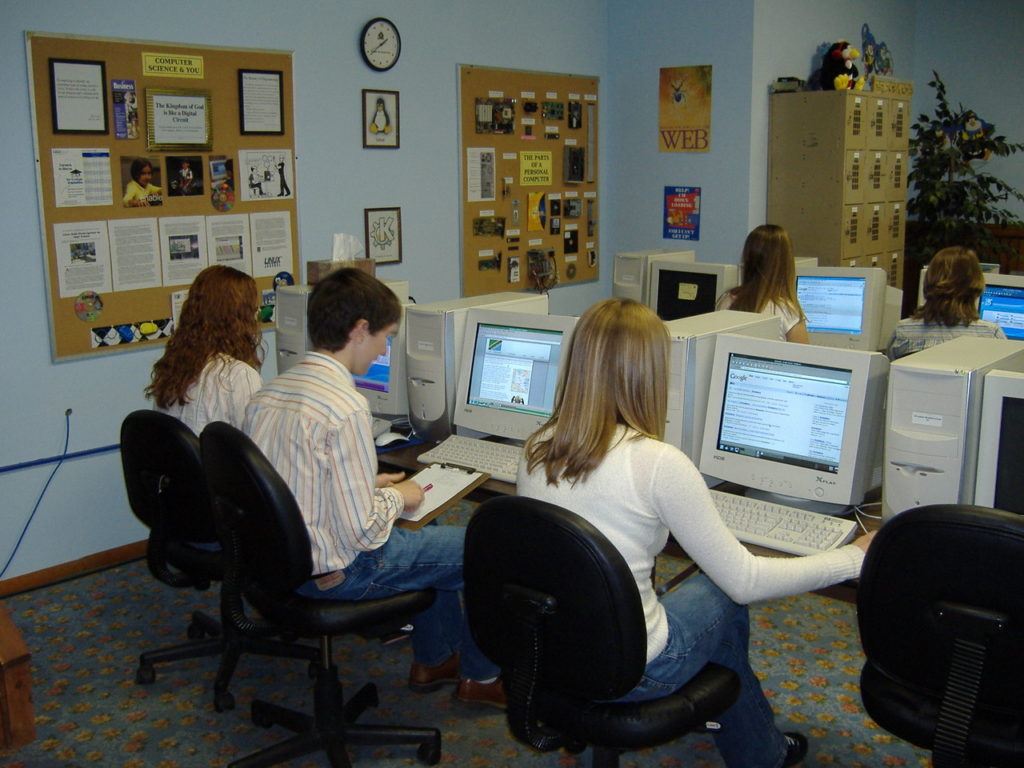History is so often mischaracterized as dead, old news. Things that were done decades ago by people who have since died, and with no real relevance in today’s world.
Of course, those who appreciate the importance of history see it as a living thing, like a wise advisor reminding us what has happened before as a means of helping us to avoid similar problems in the future.
As such, history provides relics that keep it alive. While anyone can quickly locate the text of the Constitution or a copy of President Reagan’s remarks after the explosion of Space Shuttle Challenger, there is something very different about seeing the document itself. These items create a link to our past that creates a sustained demand for historical autographs for sale.
That link provides us an understanding of some of the major events in national and world history. Without it, we can lose sight of who and what we are, where we came from, and most importantly, where we are going.
The Foundations Of Government
Context is everything. When we debate the intent of world leaders, our perspective is skewed by our modern context, by all the things that have changed since the action was taken. To view the authentic document is to step back in time, to see the world in the very different eyes that looked upon it as it was written.
Where today’s leaders scribble on legal pads before transcribing to a computer, those of the past carefully applied a quill to parchment in a meticulous and painstaking process. To see the paper itself is to see the reality of a time long since past and to gain a deeper understanding of the perspectives and world view of those who came before us–and to remind us that perhaps modern technology isn’t always ideal.
Just as history becomes more real when we visit the places where it was forged, it also comes to life when we see the documents that created our modern world.
The Reality Of Change
In hindsight, as we approach the nation’s 241st birthday, it can seem that everything went essentially as planned. But the reality is that there have been many crucial moments throughout history that could have changed the course of the United States and the world.
For example, even though the transition from President Kennedy to President Johnson seemed to have proceeded as seamlessly as one could expect, the fact is that historical records suggest otherwise. The familiar photo of Johnson solemnly raising his right hand aboard Air Force One suggests a calm scene, but audio recordings show that the moments before and after the new president’s oath were full of raw emotion, fear, and uncertainty.
How else could one ever capture these added dimensions to history without the documents, photographs, and tapes that bear witness? How much more real is the work of a leader when one has a piece of paper that was signed in the very same way as those famous laws, treaties, and declarations?
The Hard Lessons Of History
As noted earlier, we live under the assumption that few things in history teetered on the brink of disaster. But historic documents can reveal just how close we have come to world-changing catastrophes.
The Munich Agreement is a perfect example. The willingness of other world leaders to appease Hitler by acquiescing on his imperialistic efforts in Europe proved disastrous as the Second World War began. But for this document, many might see WWII as dawning with his surge into Poland.
Countless other examples exist of miscalculations, underestimations, and pure fiascos that were later cleaned up (or at least patched up) by more prominent events. The Bay of Pigs Invasion, the failed 1980 hostage rescue attempt in Iran, and countless others were eventually overshadowed by high-profile events that brought a measure of resolution to the problems they started.
The theme here is clear. The physical, tangible items from history that document the course of the world are not simply a collection of antiques that will one day face a crowd for auction. They are the manifestation of what has happened–and the indicators of what is to come.



